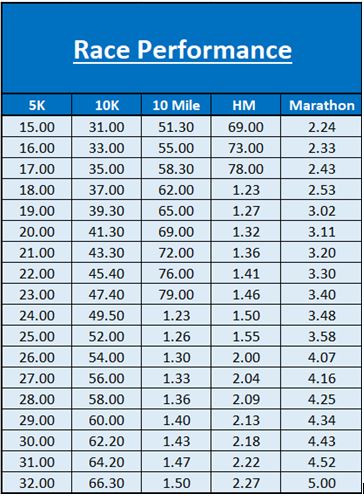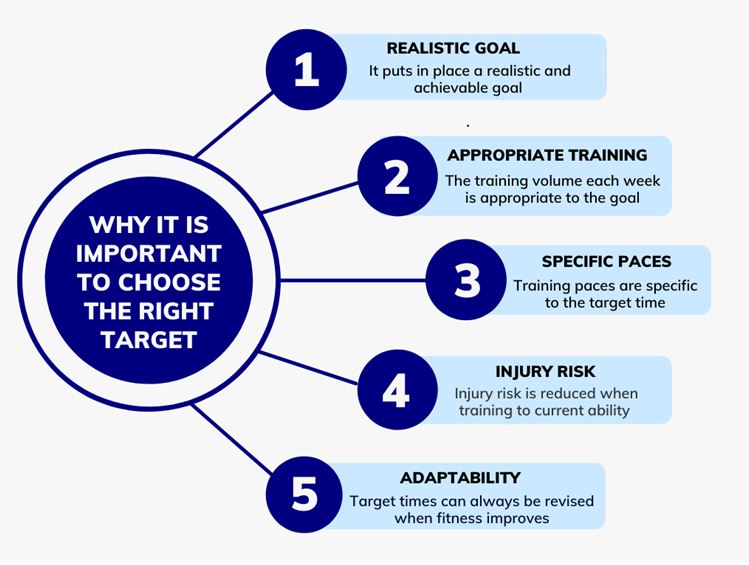Why it is important to choose the right target
Choosing the correct target time is important for several reasons.
How to choose a target marathon time
For any marathon runner, but particularly for in-experienced or first-timers, deciding on a target time is difficult. Particularly in the early stages of the build-up, when there is little information or training data to base the decision on.
Rather than picking an aspirational time like sub 3 hours or sub 4 hours, it’s best to approach the decision in an objective manner. Basing the target on using current fitness and recent race performances as much as possible. Choosing the correct target time will have a large influence on the pace of training, the volume of running each week, and the number of days training each week. It also puts in place a realistic goal in place for race day and allows the athlete to prepare in a way that is suitable to their present level of fitness.

There are 5steps to this process
1 – Take a recent race result
You will need at least one recent race result. The distance should be 5k or greater. The race should be in the last 6-8 weeks to better reflect current levels of fitness. The more recent the better. Any distance from 5k up is sufficient
If you have not raced for some time, now is a good opportunity to lay down a base mark of race fitness. Pick an upcoming race or go to a local Parkrun. You don’t need to go to too much trouble selecting the perfect race. All we need is a race, completed at “full gas” effort.
2–Plug the result into a pace chart or running calculator
On completion of the race, take the finishing time and analyze it using our pace chart below, or any online running calculator. There are many online calculators available and while they differ slightly in methodology, they ultimately all provide a solid estimate of what a short distance time, equates to over a longer distance. The chart below summarises the calculator for the most commonly run distances of 5k, 10k, 10 mile, and half marathon.

3–Find the equivalent marathon time
As an example, take a runner that completes a 5k in 20 minutes.
The typical runner doing 20 minutes for 5k, will run 41.30 for 10k, 69 minutes for 10-mile, 1.32 for a half, and approximately 3 hours 11 minutes for a full marathon.

Based on our example above, this athlete should sign up for the training plan targeting 3.15. The training paces and volume of running each week will be most appropriate for such an athlete.
4–Adjusting the target based on subsequent races
As athletes complete additional races in the build-up to the marathon, those results provide extra data points for the target time decision.
If this 20-minute 5k runner goes on to run 41.30 for 10k, and 1 hour 32 minutes for a half marathon, it provides further confidence that the best marathon target pace is in the region of 3.11
However, many runners tend to be stronger at either shorter or longer distances. Therefore, we can expect the race results to trend stronger or weaker over longer events. Particularly for new marathon runners whose endurance is not yet developed.
Taking our 20-minute 5k runner once again, let’s say they complete a 10k in 42.30 ( instead of the expected 41.30), a 10 mile in 71 minutes ( versus the 69-minute target), and a half marathon in 1 hour 36 minutes ( slower than the 1.32 target).
These times are getting progressively slower than the predictions, as the distance increases. Such a trend suggests that this runner is not as strong in the longer events. The target marathon time must be adjusted accordingly. Based on a 1.36 half marathon, they are likely to aim for a 3.20 marathon, instead of 3.11.
5–Analysis before race day
The athlete will adjust the training paces up or down during the marathon build-up. In the final week before the race, it’s worth looking at all the previous race data, training data, and general perception of effort before deciding on a final pace.
For athletes using heart rate and lactates during training, they will have additional data to analyze. Heart rate and lactate are deeper measures of how hard an athlete is working at a given pace ( as opposed to pace or perception of effort). Having these metrics will allow the runner to dial in the specific race pace, even further.

